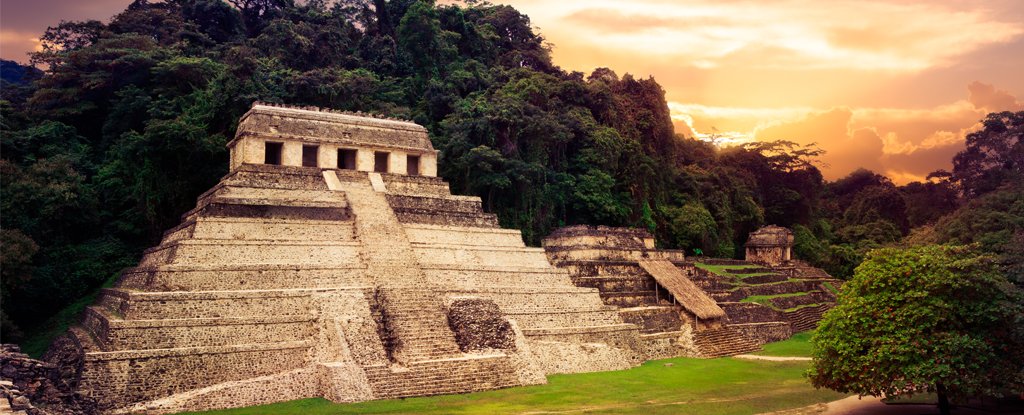

Hodell.)įor Sever, figuring out how the Maya flourishedbut ultimately failedin Mesoamerica is about more than simply solving a 1,200-year-old mystery. (Image adapted from the Madrid Codex appearing on the NOAA Paleoclimatology Mirror Site, photo by David A. Title graphic image: The Rain God Chac appeared in one of the few Mayan texts to escape burning by the Spanish. Perhaps as many as 90 to 95 percent of the Maya died, he said. Yet by studying remains of Mayan settlements, Sever found that by 950 A.D., the population had crashed. In comparison, Los Angeles County averaged 2,345 people per square mile in 2000.

Population density ranged from 500 to 700 people per square mile in the rural areas, and from 1,800 to 2,600 people per square mile near the center of the Mayan Empire (in what is now northern Guatemala). Around 800 A.D., after two millennia of steady growth, the Mayan population reached an all-time high. The Maya mastered astronomy, developed an elaborate written language, built towering monuments, and left behind exquisite artifacts.Īccording to NASA archaeologist Tom Sever, the Mayan civilization in Mesoamerica was one of the densest populations in human history. At the time of publication, it represented the best available science.Ĭenturies before Europeans arrived, an advanced civilization flourished in Mesoamerica, a region extending from southern Mexico through Central America.

This page contains archived content and is no longer being updated.


 0 kommentar(er)
0 kommentar(er)
